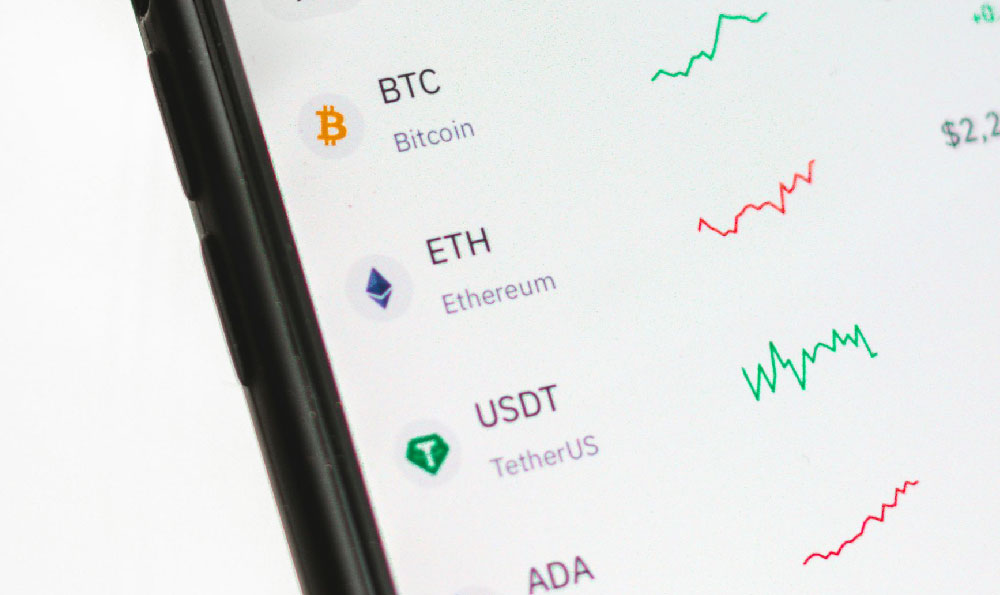App creators employ a diverse range of monetization strategies to transform their innovative ideas into profitable ventures. The specific approaches they adopt often depend on the app's purpose, target audience, the level of engagement it fosters, and the competitive landscape of the app store. While the ideal monetization strategy is rarely a one-size-fits-all solution, understanding the common techniques can provide valuable insights for app developers seeking financial success.
One of the most prevalent methods is the freemium model. This strategy allows users to download and use the app for free, with access to a basic set of features. To unlock premium functionalities, content, or to remove advertisements, users are prompted to make in-app purchases or subscribe to a paid plan. The freemium model appeals to a broad audience initially, as there's no upfront cost barrier. The challenge lies in striking a balance between providing enough value in the free version to attract users while offering compelling premium features that incentivize upgrades. Successful implementation hinges on identifying features that users are willing to pay for, such as advanced tools, exclusive content, or personalized experiences. This strategy requires careful analysis of user behavior to determine what holds the most appeal and generates the highest conversion rates.
In-app advertising represents another significant revenue stream for app creators. This involves integrating advertisements into the app's interface, which can take various forms, including banner ads, interstitial ads (full-screen ads that appear at natural transition points), rewarded video ads (where users watch an ad in exchange for in-game rewards or virtual currency), and native advertising (ads designed to blend seamlessly with the app's content). While advertising can generate substantial revenue, particularly for apps with a large and active user base, it's crucial to avoid intrusive ad formats that negatively impact the user experience. Excessive or poorly targeted ads can lead to user frustration, app abandonment, and negative reviews. A well-executed advertising strategy involves careful ad placement, relevant targeting, and the option for users to remove ads through a premium subscription.

In-app purchases (IAP) are a popular monetization method, particularly in gaming apps. These purchases can range from virtual goods, such as cosmetic items, power-ups, or virtual currency, to unlocking new levels, features, or content. IAP offers a direct way for users to customize their experience and progress faster within the app. The key to successful IAP monetization lies in creating desirable virtual items or features that enhance the user experience without feeling pay-to-win. The value proposition must be clear, and the pricing must be reasonable relative to the perceived benefit. Furthermore, it's important to avoid creating a situation where users feel compelled to spend money to enjoy the core gameplay or access essential features.
Subscription models provide a recurring revenue stream by charging users a regular fee for access to the app's content or features. This model is particularly well-suited for apps that offer ongoing value, such as streaming services, news publications, productivity tools, and fitness apps. Subscription models offer predictability and stability for app developers, allowing them to invest in continuous improvements and new content. However, the challenge lies in consistently delivering value to justify the recurring fee and retaining subscribers over time. This requires a focus on providing high-quality content, regular updates, excellent customer support, and exclusive benefits for subscribers.
Affiliate marketing involves partnering with other businesses to promote their products or services within the app. App creators earn a commission for each sale or lead generated through their app. This model is particularly effective for apps that cater to a specific niche audience. For example, a travel app could partner with hotels and airlines to offer exclusive deals to its users, earning a commission on each booking. Similarly, a fitness app could promote health supplements or workout equipment. The key to successful affiliate marketing is to choose relevant and high-quality products or services that align with the app's target audience and provide genuine value to users. Transparency is also crucial; users should be clearly informed that the app is earning a commission on promoted products.
Sponsorships and partnerships can also provide a valuable revenue stream for app creators. This involves partnering with brands to create sponsored content, integrate branded features into the app, or host events. Sponsorships can be particularly lucrative for apps with a large and engaged user base that aligns with the brand's target audience. For example, a music streaming app could partner with a headphone manufacturer to create a branded playlist or offer exclusive discounts to its users. The success of sponsorships hinges on finding partners that are a good fit for the app's brand and audience and creating mutually beneficial collaborations.
Data monetization is a more controversial monetization strategy that involves collecting and selling user data to third parties. While this can generate significant revenue, it raises ethical concerns about privacy and data security. App creators who choose to monetize data must be transparent with users about their data collection practices and obtain explicit consent before collecting and sharing data. Furthermore, they must comply with all applicable data privacy regulations, such as GDPR and CCPA. Given the growing consumer awareness of data privacy, it's crucial to prioritize user privacy and build trust when implementing data monetization strategies.
Ultimately, the most effective monetization strategy is the one that aligns with the app's purpose, target audience, and the overall user experience. It's often beneficial to experiment with different monetization models and track key metrics, such as conversion rates, customer lifetime value, and churn rates, to determine which approaches are most effective. Furthermore, it's crucial to continuously adapt and optimize the monetization strategy based on user feedback and market trends. The app landscape is constantly evolving, and app creators must be proactive in exploring new monetization opportunities and refining their strategies to maximize revenue and ensure long-term sustainability.












